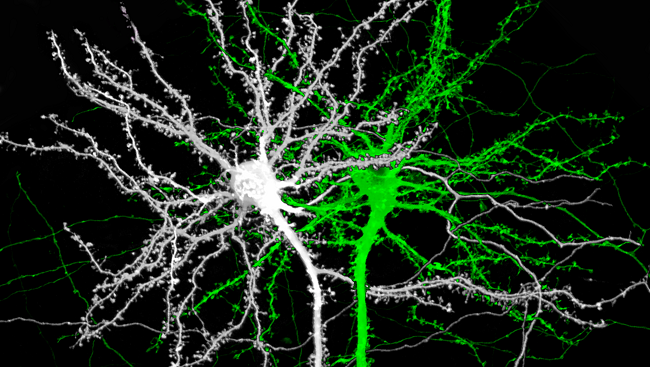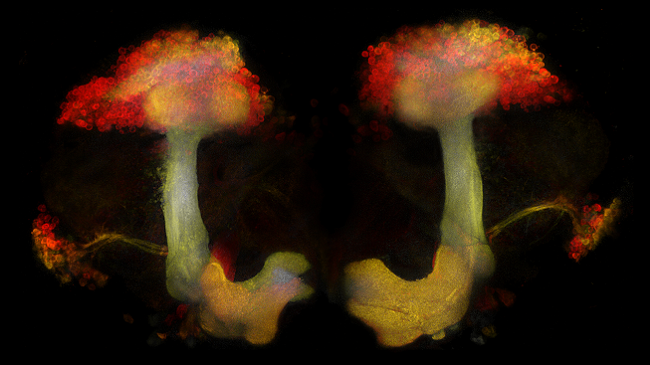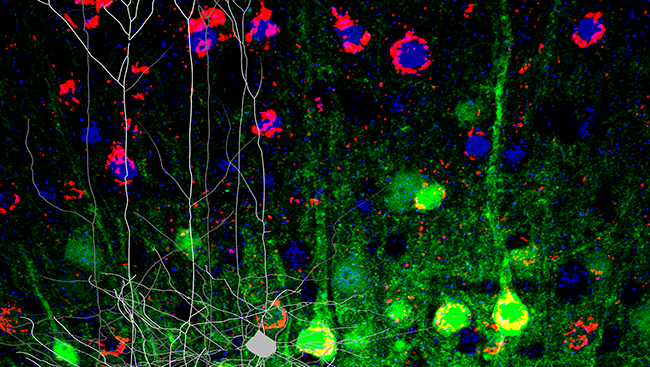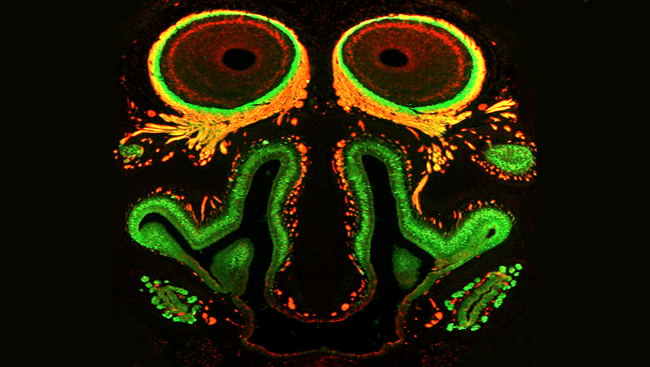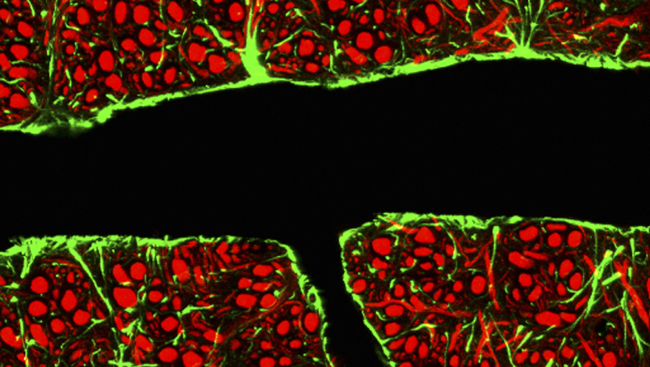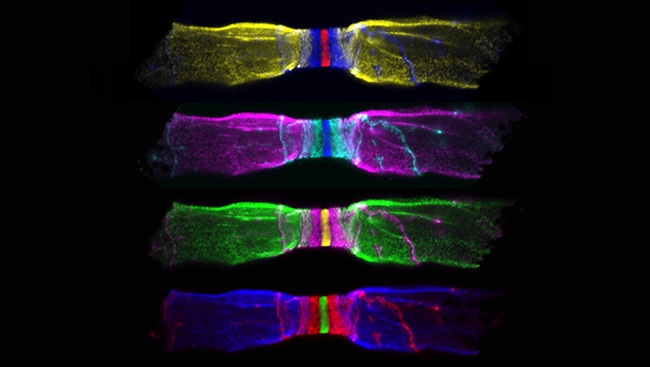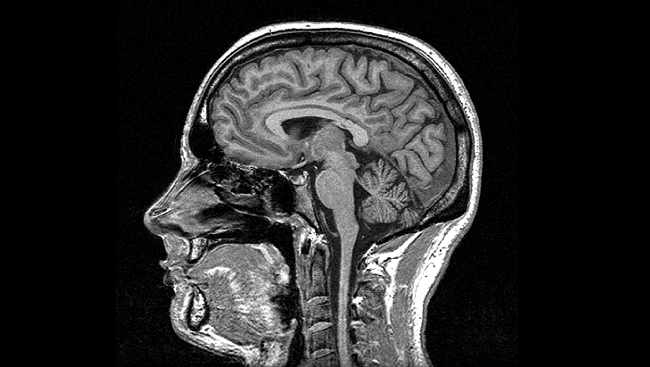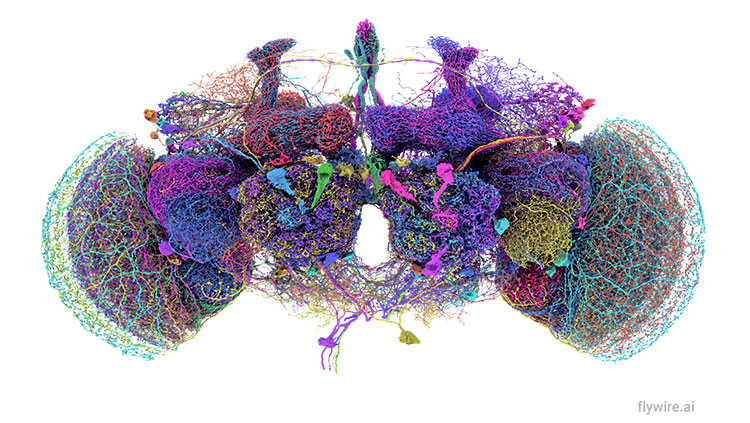Most Popular in 2014
- Published29 Dec 2014
- Reviewed22 Dec 2014
- Source BrainFacts/SfN
It’s been a big year for the brain and for BrainFacts.org. We published dozens of articles about the brain and nervous system, covering everything from hungry fruit bats to the eerie sensation of déjà vu. What were the most popular posts of 2014? Browse through the images and their descriptions to find out, and click on the link in each caption to read the full articles.
CONTENT PROVIDED BY
BrainFacts/SfN
Also In Supporting Research
Trending
Popular articles on BrainFacts.org


